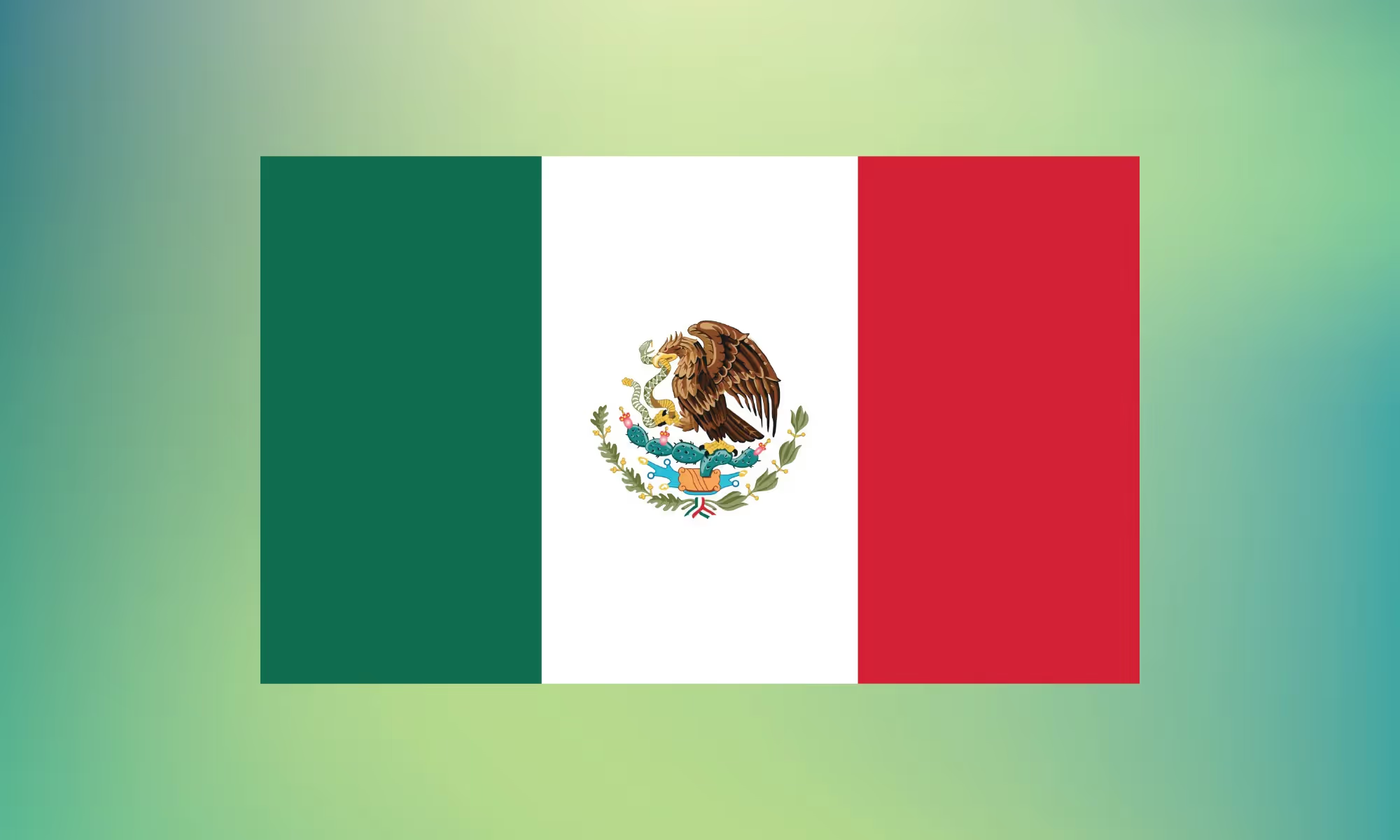Ask a European tax professional to explain the concept of an “exemption certificate” and you may get a blank stare.
Ask an American tax professional to explain the importance of VAT being excluded from the price of an item and you may also get a confused look.
What’s commonly understood by one group of tax pros is not always understood by the other. No matter which group you fit into, if your company is growing globally, you may be tasked with learning a little more about the indirect tax landscape outside of your country. We asked two tax pros (Tax Manager Charles Phillips, who worked 5+ years in the American tax world, and Director of Tax Technology Ako Kobakhidze) to talk about the indirect tax concepts American tax pros don’t always understand about Europe (and vice versa).
Margins
Charles: For US tax professionals, it’s sometimes tough to understand the relationships between the advertised sales price and tax. People are confused about, “Whose money is it? Why isn’t the entire sale price our income? Who does VAT belong to in the transaction?”
Ako: You’ve probably had people at your company say things like, “That whole transaction is ours, right?” And you have to say, “No, it belongs to the tax authority on day one. We don’t get to keep that money.”
Charles: Yeah, you never forget the look in your business team’s eyes when they think they have a margin, and don’t realize that you need to take 20% out of it. It’s the same conversation you have everywhere. Even though we collected it and it’s sitting in an account, it doesn’t make it ours.
Ako: Was it cold water on your face moving from the US to Europe?
Charles: I actually quite like VAT. It’s an interesting concept that has its strengths and weaknesses. For me, the interesting thing about VAT is that most companies try to be more compliant. It’s much easier to get caught if you’re not compliant, based on the way it’s structured.
Exemption certificates
Charles: Let’s talk about the US and exemption certificates. Tax law has become exceptionally difficult, especially in North America – it’s hard to determine what products or services are exempt. This can vary widely by state, and in some cases products are only exempt if a company is buying things for exempt use, or they’re going to incorporate it in the end product, or are selling it for resale.
Ako: That’s something very different about the US system when you come from VAT. Can you talk about them?
Charles: Most states have these laws within the sales tax law that under certain conditions you won’t be charged sales tax. Certain states call it an “exemption certificate”, or in cases of resale, a “resale certificate.” Some states regulate that more strictly, but in others it can be quite lenient and in good faith. It’s a challenge, as it requires each transaction to be scrutinized. You often have to understand the customer’s business to determine if you should even accept the certificate. To make it even more challenging, every state does it differently.
Then you have the concept of exemptions. Different states have different rules around it. Exempt use sometimes has to be fully consumed. If I buy paper exempt from sales tax, it has to be fully consumed. Other states say it just has to be utilized within the manufacture of a product or that a certain percentage has to be used (at 70%, for example) – and the rest is considered residual waste. There are very specific conditions. There are other situations that are exempt – pollution control devices are generally exempt.
Basically, the buyer fills out a piece of paper and checks a box that says “resale” or “exempt use” and then gives a small description of the good. And the buyer confirms that it’ll be used in the process of manufacturing the end product, and then gives their sales tax ID. You then review the information provided and do basic due diligence on the validity, but most states say the process is good faith.
Ako: Sellers have to figure out whether or not they should be charging tax, and then the buyer comes up with a certificate that says, you shouldn’t be charging me tax. That’s how it’s supposed to work. I’m going to use this in my end product – the goal is the same, to charge tax on the end consumption only. Whereas the European system decides to charge everything throughout the supply chain so you don’t have to think about it as a seller. You just have to charge it, and then the person charged gets to recover that.
Charles: Exactly, and you can imagine the difficulty around situations where sellers don’t provide the exemption information prior to the sale and need to recover the sales tax paid.
Inclusive vs. exclusive pricing
Charles: American businesses think it’s very expensive to comply with VAT. The whole concept of 20% tax is tough to grasp for them – but it’s a 20% consumption tax. It’s not like the company is paying a 20% income tax. And I think when Americans see the tax rates – they’re used to paying between 6-9% sales tax. When they see rates between 20-30% in some of these jurisdictions, they think it’s crazy. And they start looking at it like it’s their money.
American firms in Europe also generally don’t price it right because they tend to sell goods with the VAT included without considering the VAT. A lot of ESS companies do that – for example, a well-known video streaming service charges everyone $9.99 a month, and then they figure out the tax later. That’s where it gets scary, because it’s a huge portion of your margin that you thought you had.
On the other side, I think most Europeans are overwhelmed by the fact that US sales tax appears to be random. The amount of sales tax in a transaction often varies, and for Europeans, it can be a surprise. But in the US, there’s thousands of jurisdictions – it’s not one country like it is in Europe, it’s 50 states with varying rates. And then there’s home rule jurisdictions that are able to set up what items are taxed differently than elsewhere in the state.
Ako: And the sheer number of those taxes! That’s one of the great things about Europe – you only have four or five rates, so it’s super easy. The rules are just as complicated, but the rates are pretty high.
Charles: The big cities have higher than 6-9%.
Ako: The OECD rates without the decimal points are 20% in those countries, and global VAT rates are at about 15%.
Charles: There is generally a push for tax transparency in the US, the idea being that if the end consumer can see the price, they will want to see that the government is using the tax in a more valuable way. There is an idea that if taxes are inclusive, the tax rate would just keep increasing.
This has conditioned many Americans to think about taxes exclusive to the pricing. So when they do their pricing worldwide, they don't consider local customs. It’s common to see the same price charged worldwide. They think, “We’ll mimic that popular, global streaming service – it’s €10 EUR a month.” Well, in the US it’s $10 plus 7%. But in Europe, it’s €10 – and they don’t include the extra 20%.
Ako: We should talk more about inclusive versus exclusive pricing.
Charles: That’s a good point. Companies need to understand how much of what they’re charging is tax. Taxes should be separately stated. You can’t just say, “It’s $40, and it doesn’t matter how much of it is tax.” Many American service companies like to price their online services the same worldwide, often forgetting that VAT has to be included, which can severely hurt their international margins.
Expansion
Charles: It’s not easy for American companies to expand into Europe or for European companies to go into the US because the systems are quite different. Tax departments are a bit leaner these days, and without the additional resources you’d traditionally have when you expand internationally – you’d hire a team to make sure you were doing things correctly. All of this rests with one person typically within a company. People talk about the US as if it’s a single country – it’s not. It’s 50 different states. And depending on what you’re selling, it can go into county and municipal levels, so you might need rooftop accuracy for whatever you’re selling. It’s not easy to get things right within that market.
The same goes for the European Union and anywhere else outside the US that has a VAT regime. Every single country is different. One benefit of the US is that in most cases, you’re able to get away with using English. Not in the rest of the world. We translate documents into 50 languages because you’ll need the coverage if you’re selling globally.
How Fonoa can help
If you’re a digital business looking to expand to Europe, the US, or over 100 other countries, Fonoa offers global tax automation and compliance solutions. We help companies automate their tax processes in a digital, borderless economy. Our easy-to-integrate solution automatically keeps track of changing rates and rules to help your business stay compliant. Get in touch to find out more.

















